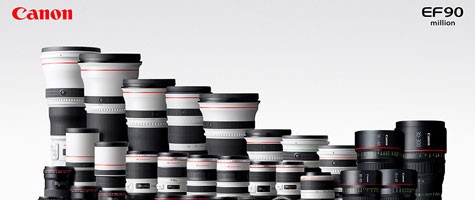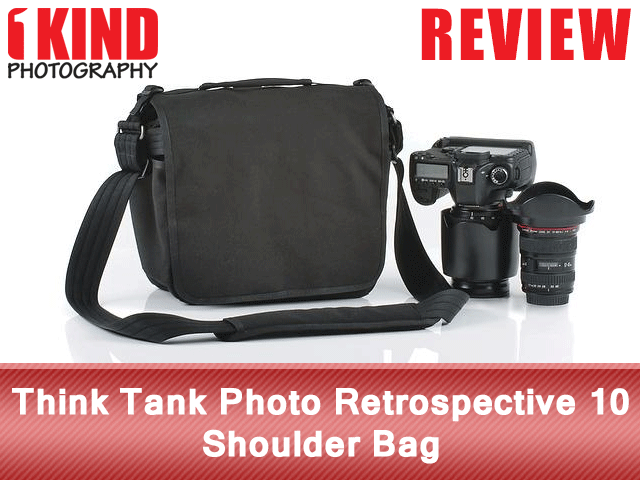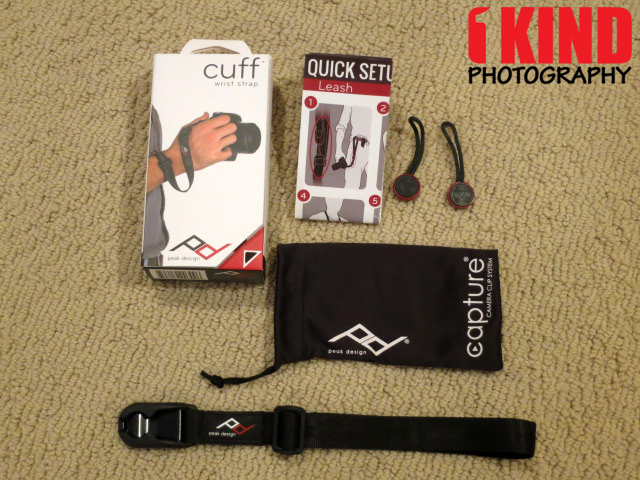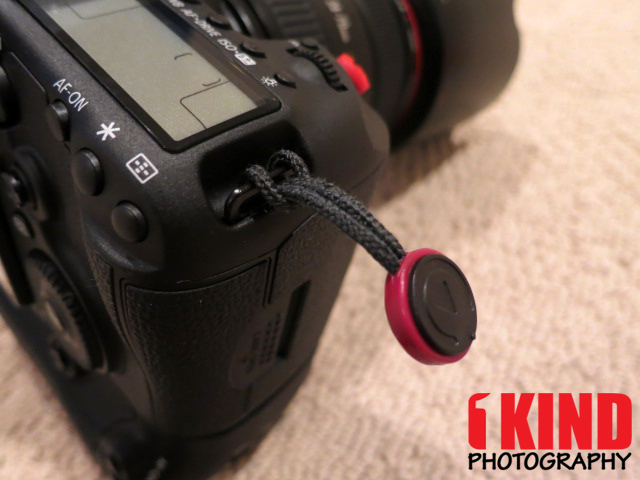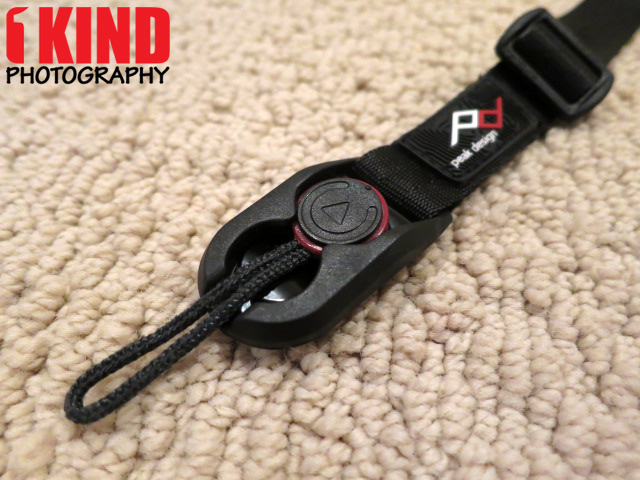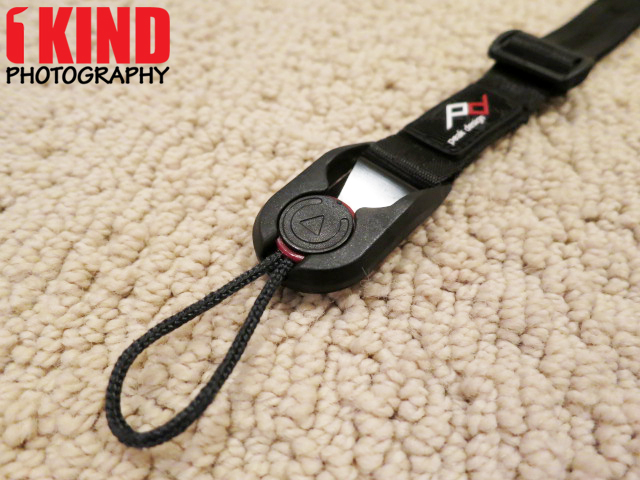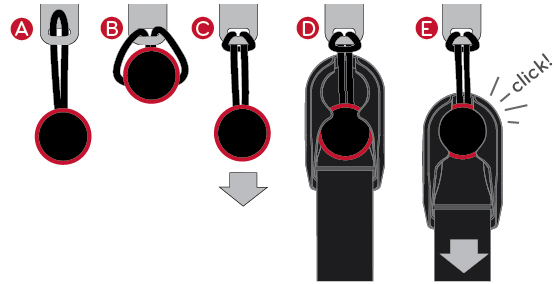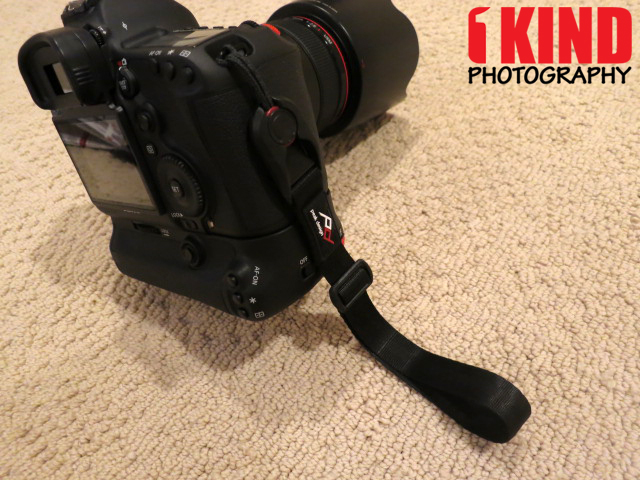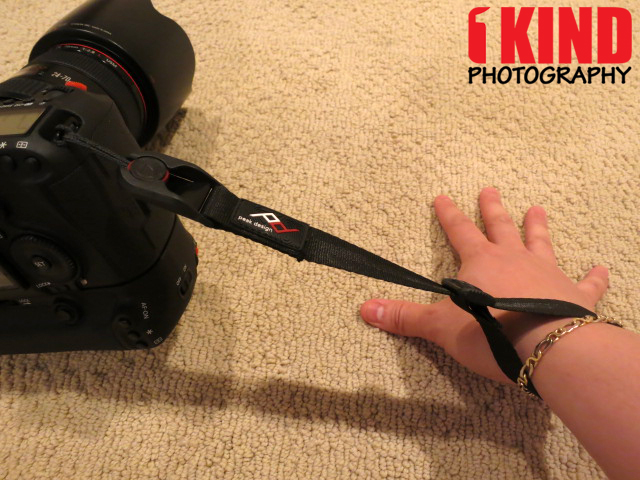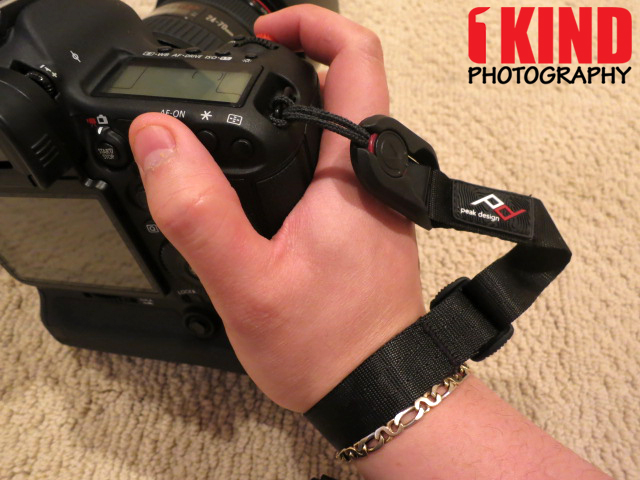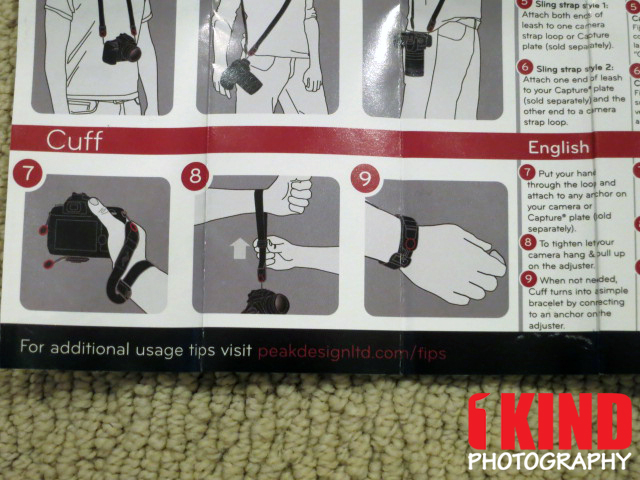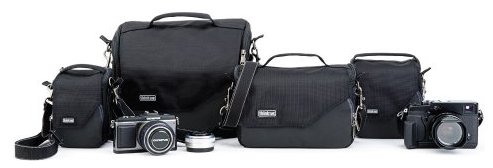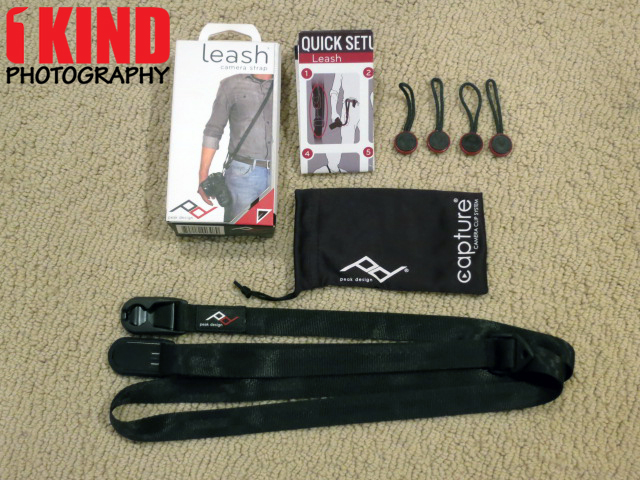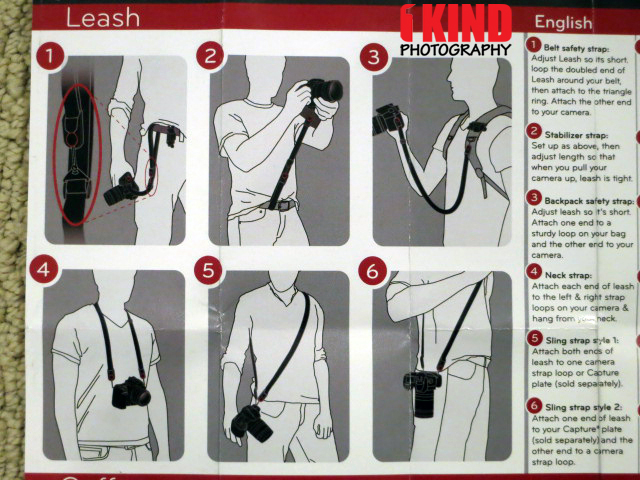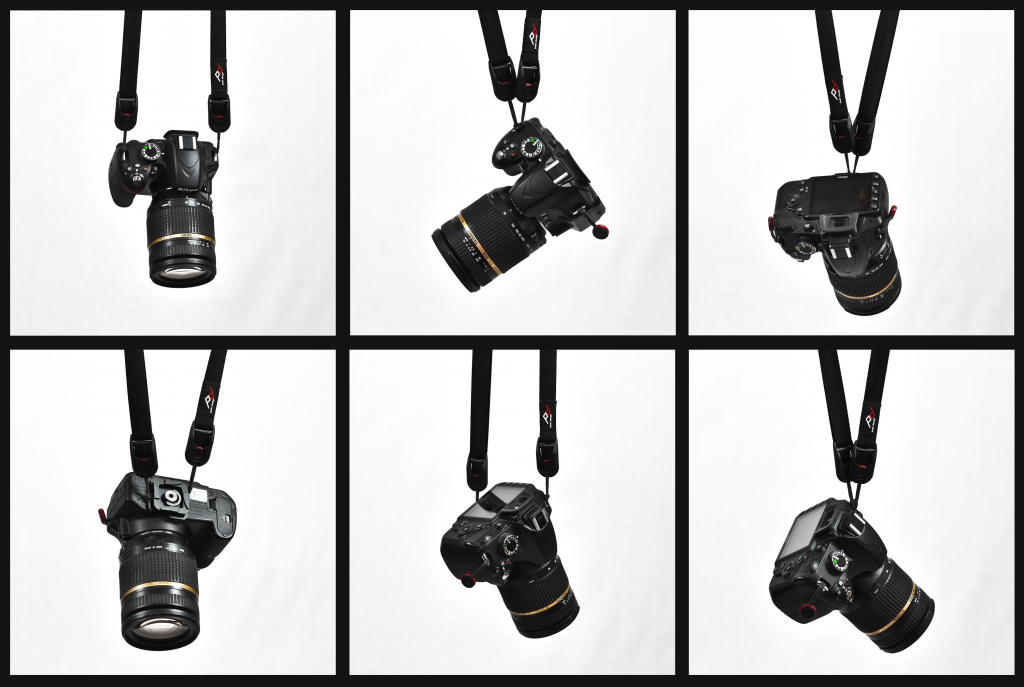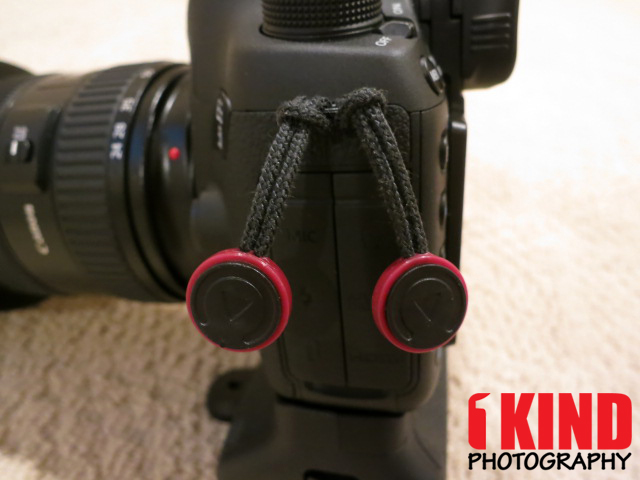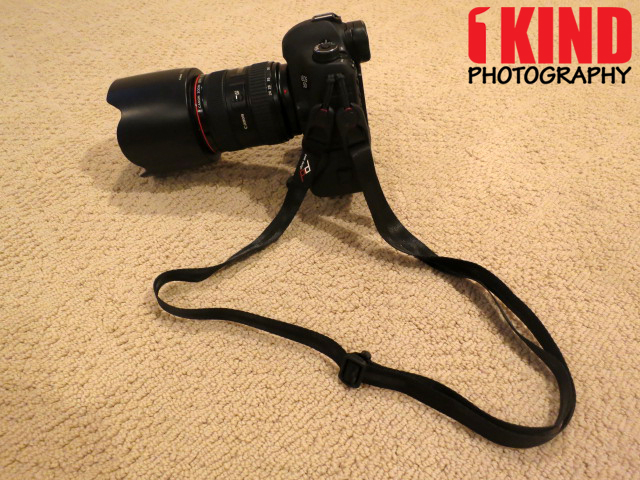Menu Bar
Menu
Rotating Banners
Press Release: Canon Milestone – 90 Million EF Lenses Manufactured
MELVILLE, N.Y. – Canon U.S.A., Inc., a leader in digital imaging solutions, today announced its parent company, Canon Inc., has reached a new lens-manufacturing milestone with the production of its 90-millionth EF-series interchangeable lens for EOS cameras. Canon turned out its 90-millionth lens, an EF 24-70mm f/2.8L II USM (released in September 2012), on May 23, 2013.
The production of interchangeable EF lenses for Canon EOS-series AF (autofocus) single-lens reflex film cameras began in 1987 at the Company’s Utsunomiya Plant. Since that time, supported by a wide range of users, demand has steadily increased and production has expanded. Today, Canon produces EF lenses at four of the Company’s manufacturing bases, including Canon Inc., Taiwan; Canon Opto (Malaysia) Sdn. Bhd.; and Oita Canon Inc. in southern Japan.
EF lens production surpassed the 10-million-unit mark in 1995, doubled to 20 million lenses in 2001, and went on to reach 30 million units in 2006 and 40 million units in 2008. Afterward, due to the rapid spread of EOS digital SLR cameras, production of EF lenses gained further momentum, crossing the 50-million-unit threshold in 2009, reaching 60 million units in January 2011, and hitting the 70-million-unit mark in October of the same year. In August 2012, lens production reached 80 million units and now, a little over nine months later, the company commemorates its latest manufacturing milestone of 90 million lenses.
Canon’s proprietary EF lenses, launched in March 1987 along with the EOS SLR camera system, have continued to evolve since their introduction, leading the industry through the incorporation of a wide range of innovative technologies, including the Ultrasonic Motor (USM), Image Stabilizer (IS) technology, a multi-layered diffractive optical (DO) element, and Subwavelength Structure Coating (SWC) anti-reflection technology.
With the introduction in May this year of the EF 200-400mm f/4L IS USM Extender 1.4x, super-telephoto zoom lens with a built-in 1.4x extender that makes possible a 200-560 mm focal length range, along with EF Cinema Lenses for digital cinematography, Canon’s extensive EF lens-series lineup now comprises a total of 84 models.
Canon will continue refining its diverse imaging technologies based on its core optical technologies, striving to produce exceptional and reliable lenses and cameras that cater to the varying needs of photographers-from first-time users to advanced amateurs and professionals-while contributing to expanding the photographic and video imaging culture.
Labels:
press release
Review: Think Tank Photo StreetWalker Pro Backpack Bag
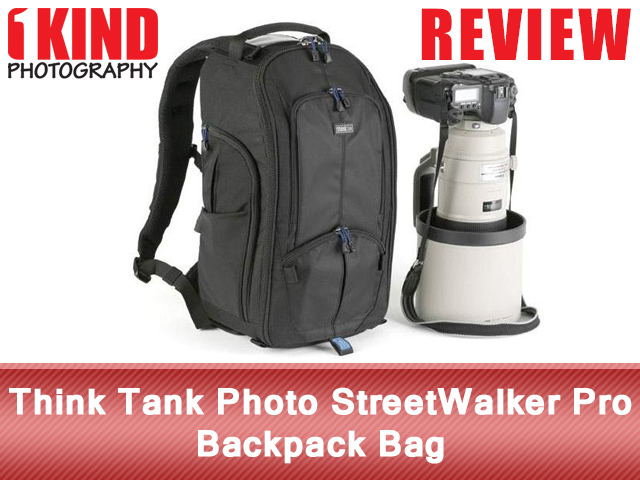
Overview : Designed for use in urban and crowded environments, this slim, lightweight backpack is sized as an international travel carry-on. It will hold most 400 f2.8 lenses with a pro size DSLR camera body attached.
Features :
- Vertically thin design with contoured curved top
- Unisex harness for both men and women
- Air channel on back of the bag
- Monopod/tripod mounting system
- Holds Pro Size DSLR with 70-200 2.8 attached and hood in position ready to shoot
- Holds most 400 f2.8 lenses with a pro size DSLR camera body attached
- ID: 9.5” W x 16.5” H x 7”D (24 x 42 x 18 cm)
ED: 10”W x 17.5” H x 7.5” D (25 x 45 x 19 cm) - 2.6–3.4 lbs (1.2–1.5 kg)
- No Rhetoric Warranty Policy
- Exterior - All fabric exterior treated with DWR while fabric underside is coated with PU for superior water resistance, YKK® RC Fuse (abrasion resistant) zippers, 1680D ballistic nylon bottom panel, 420D velocity nylon, 550D polyester, 3D air mesh, ultra stretch pockets, Y-buckles, antique nickel plated metal hardware, nylon webbing, 3-ply bonded nylon thread.
- Interior - Removable closed cell foam dividers, 210D silver-toned nylon, PU backed velex liner, 2x PU coated nylon 210T seam-sealed taffeta rain cover, clear PU mesh pockets (non-PVC), 3-ply bonded nylon thread.
Labels:
bags,
review,
think tank photo
Think Tank Photo Launches Retrospective Test Drive
Our friends at Think Tank Photo just announced an exciting new Test Drive program and the release of a new version of its monster rolling camera case, the Logistics Manager™ 30.
With the Test Drive program you get to try out any of Think Tank’s very popular Retrospective® soft shoulder bags for 30 days for free! Should the shoulder bag meet your needs, then your credit card will be charged at the close of the trial period. Should it not meet your needs, return it within the Test Drive time period and your card won’t be charged. The Retrospective series was created as an homage to classic photographers such as Henri Cartier-Bresson and Robert Frank. Designed for the photographer who wants to remain inconspicuous in any situation, its "old-school" look mixes with "new-school" features giving tribute to the days when bags were visually simple but highly functional. It comes in nine models and three colors. This offer is good only on shipments to U.S. addresses.
And, Think Tank just released a new version of its largest rolling camera case, the Logistics Manager™ 30. Its roomy internal dimensions of 13.75”W x 27.5”H x 8.25 – 10”D (35 x 70 x 21 – 25.5cm) allow it to hold multiple combinations of cameras and lenses, lighting gear such as strobes and reflectors, and accessories of all kinds. Use this link and you will receive a free gift with your orders from Think Tank.
And don’t forget, there is free FedEx ground shipping on all U.S. orders through May 31, 2013.
You can also check out our review on the Retrospective:
With the Test Drive program you get to try out any of Think Tank’s very popular Retrospective® soft shoulder bags for 30 days for free! Should the shoulder bag meet your needs, then your credit card will be charged at the close of the trial period. Should it not meet your needs, return it within the Test Drive time period and your card won’t be charged. The Retrospective series was created as an homage to classic photographers such as Henri Cartier-Bresson and Robert Frank. Designed for the photographer who wants to remain inconspicuous in any situation, its "old-school" look mixes with "new-school" features giving tribute to the days when bags were visually simple but highly functional. It comes in nine models and three colors. This offer is good only on shipments to U.S. addresses.
And, Think Tank just released a new version of its largest rolling camera case, the Logistics Manager™ 30. Its roomy internal dimensions of 13.75”W x 27.5”H x 8.25 – 10”D (35 x 70 x 21 – 25.5cm) allow it to hold multiple combinations of cameras and lenses, lighting gear such as strobes and reflectors, and accessories of all kinds. Use this link and you will receive a free gift with your orders from Think Tank.
And don’t forget, there is free FedEx ground shipping on all U.S. orders through May 31, 2013.
You can also check out our review on the Retrospective:
Labels:
think tank photo
Review: Peak Design Cuff Camera Wrist Strap
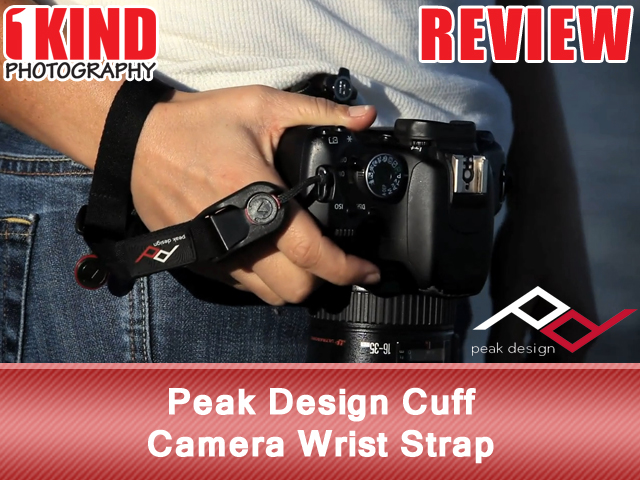
Overview : Cuff is the quickest and most versatile camera wrist strap ever created. It uses a patent-pending quick-connection system, which lets you attach and detach Cuff from your camera in an instant. Cuff is super strong yet ultra-minimalist, fitting easily in your pocket or on your wrist when you're not using it. It's there when you need it, and gone when you don't.
Features :
- Works with any camera
- Patent-pending quick-connection system
- Rated at over 100 lbs (45 kg) of weight
- Attach Cuff to any location on your camera using 2 included Anchors
- Ultra-light and compact, fits in your pocket
- Converts to a bracelet when not in use
- Use with Capture® Camera Clip or by itself
- Lifetime warranty on all parts
Quality/Usability : Having already a Herringbone Heritagehand strap coupled with sling straps, I sometimes feel a little unsafe with just the Herringbone if I don't have a sling strap attached. Peak Design has released a wrist strap that works on its own or in conjunction with the Capture Clip.
The Cuff comes with Cuff wrist strap, two (2) anchor points, carry pouch and quick setup guide.
The strap itself is soft and made of a special ¾ inch seat-belt-style-webbing material. It’s rated to hold 200lbs - designed to carry any camera/lens combination. The setup will work with any and all. The anchor system lets you attach Cuff to any loop on your camera. Whether it’s a DSLR, mirrorless or compact camera, Cuff should attach to it just fine. But when it comes to point-and-shoot cameras, you may not be able to. I have Canon PowerShot S100 and I can't get the kevlar straps through the loops on the camera.
The anchor housing that holds the anchor points is made of lightweight glass-filled nylon resin. These materials are ultra-durable (Peak Design guarantees them for life) yet compact enough to fit in your pocket. The anchor points are made of delrin and kevlar strap.
To attach the anchor points:
A. Insert the anchor cord through the strap loop.
B. Create a loop with the anchor cord and bring the anchor disc through it.
C. Pull the anchor disc tight. The knot you created is called a cow hitch.
D. Attach Leash or Cuff to the anchor by sliding the anchor disc into the housing in the direction shown.
E. When fully inserted, you’ll hear a “click.” The anchor is now locked in. To disconnect, press down on the anchor disc with your thumb and push the anchor out in the direction of the arrow.
Images below are end results once attached:
The strap is fairly comfortable around the wrist. It didn't scratch my wrist or cause any discomfort. You can attach the Cuff camera wrist strap to any loop on the camera except for the spot furthest away from your right wrist. I wish that the cuff was slightly shorter as the excess strap can get in the way.
At first, I tried to tighten the Cuff by placing the camera on a flat surface and just use my other freehand to push the buckle up to tighten the Cuff. But noticed that the guide suggesting that the camera hang while pushing the buckle up towards your wrist. This made sense and was a lot easier. Before tightening, just make sure that the Cuff wrist strap is securely locked into the anchor.
In addition to being a wrist strap, if you're not using it anymore but want to keep it close to you, you can turn it into a bracelet. The concept is a nice nifty idea but if I'm not using it, I'm either going to put it away or leave it attached to the camera.
For those wanting something bigger, Peak Design created the Leash - it uses the same connection system and is a versatile quick-connecting camera strap that can be used as a sling strap, neck strap, safety tether or video stabilizer.
What’s the difference between Leash and Cuff? Cuff is a scaled-down version of Leash that can be used primarily as a quick-connecting hand strap for your camera. Cuff has one connection point and is only 8 inches long, while Leash has 2 connection points and can expand to 60 inches long. Cuff has an adjustable buckle which lets you quickly tighten it to your wrist. Cuff comes with 2 anchors, where as Leash comes with 4.
Conclusion : Overall, the Peak Design Cuff Camera Wrist Strap is comfortable and flexible. The anchor loops fits all loops on my Canon 5D Mark III. However, it wouldn't fit on my Canon PowerShot S100 because the kevlar is too thick to fit into the loops on my S100. If the Cuff strap was slightly shorter, it would of been better as the current length is a bit too long.
[update headline="NEW VERSION"]Cuff has been updated. You can see our 2017 review HERE.[/update]
Manufacturer: Peak Design
Site: Buy from Peak Design / Buy from Amazon / Buy from B&H Photo / Buy from Adorama
[update headline="RESPONSE FROM PEAK DESIGN IN REGARDS TO SMALL EYELETS:"]Regarding getting the Anchors to fit thru small eyelets, we recommend using a small split ring if your eyelets are too small. Something like THESE.[/update]
Site: Buy from Peak Design / Buy from Amazon / Buy from B&H Photo / Buy from Adorama
Labels:
peak design,
review,
strapsholsters
Think Tank Photo Launches Mirrorless Camera Bag Collection
Our friends at Think Tank Photo just announced their first camera bag collection for Mirrorless cameras, the Mirrorless Movers™. The Mirrorless Movers come in four sizes that range in size from the Mirrorless Mover 5, which fits one small size mirrorless body with a small telephoto or pancake lens attached, up to the Mirrorless Mover 30i, which fits one medium to large size mirrorless body plus two to four lenses and an iPad.
As is their design philosophy, Think Tank placed a premium on quality. The new bags utilize metal hardware instead of plastic buckles, and only high quality fabrics, YKK zippers and a new, magnetic closure. In the words of their president and lead designer Doug Murdoch, “The Mirrorless Movers offer photographers quality in their camera bags worthy of their investment in these sophisticated, expensive camera systems.”
When you click on this special link you will receive free gear with all orders of $50 or more and free shipping on all orders if you order by May 31, 2013.
The four sizes are:
- The Mirrorless Mover 5 fits one small size mirrorless body with a small telephoto or pancake lens attached. It is sized for the Canon EOS–M, Leica D–Lux, Nikon 1 series, Olympus E–PM2, E–PL5, EP–3, Panasonic GF3, Sony NEX–C3, or similar sized bodies.
- The Mirrorless Mover 10 fits one medium size mirrorless body plus one to two lenses and additional accessories. It is sized for the Leica V–Lux, Olympus OM–D E–M5, Panasonic G3, GF5, GH2, Samsung NX5, NX11, NX210, Sony NEX–5, NEX–6, NEX–7, or similar sized/smaller bodies.
- The Mirrorless Mover 20 fits one medium size mirrorless body plus two to three lenses and additional accessories. It is sized for the Leica V–Lux, Olympus OM–D E–M5, Panasonic G3, GF5, GH2, Samsung NX5, NX11, NX210, Sony NEX–5, NEX–6, NEX–7, or similar sized/smaller bodies.
- The Mirrorless Mover 30i fits one medium to large size mirrorless body plus two to four lenses, iPad, and additional accessories or a small–size DSLR and one to three small telephoto lenses or primes. It is sized for the Fuji X–Pro 1, Leica M8, Panasonic GH3 or similar sized/smaller bodies. Small DSLRs: Canon Rebel, Nikon D3200/D5200, Sony SLT–A55/A37 or similar sized bodies.
Labels:
think tank photo
Review: Peak Design Leash Camera Strap
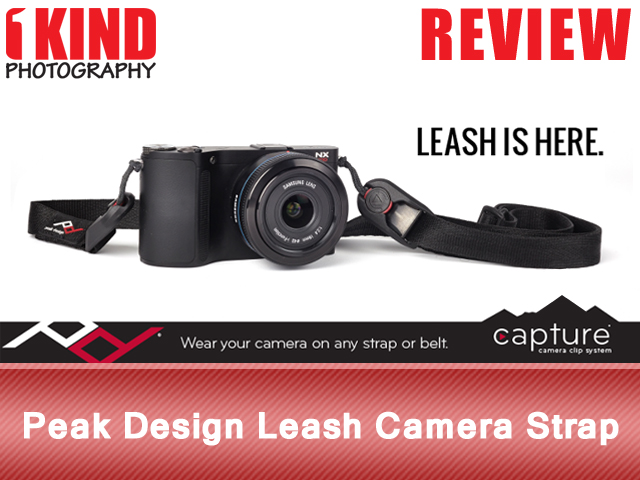
Overview : Leash is a quick-connecting, ultra-versatile and minimalist camera strap. It can be used as a sling strap, neck strap, safety tether and video stabilizer, and when you're not using Leash it's small enough to fit in your pocket or purse. Plus, Leash uses a completely new kind of quick-release system that is secure, unobtrusive and incredibly fast. Minimalist and adaptable, Leash is everything you need and nothing you don't.
Features :
- Works with any camera
- Patent-pending quick-connection system - intuitive and unobtrusive
- Each Anchor rated to over 100 lbs (45 kg) of weight
- Ultralight and compact - fits in your pocket
- Smooth webbing glides over your clothing and year
- Adjustable from 19 inches (48 cm) to 60 inches (152 cm)
- Use with Capture® Camera Clip or by itself
- Lifetime warranty on all parts
Quality/Usability : Peak Design has released the Leash that can be used with the Capture® Camera Clip or by itself.
The Leash comes with Leash strap, four (4) anchor points, carry pouch and quick setup guide.
The strap itself is soft and is made of a special ¾ inch seat-belt style webbing material. It’s rated to hold 200lbs - designed to carry any camera/lens combination. The setup will work with any and all. The anchor system lets you attach Leash to any loop on your camera. Whether it’s a DSLR, mirrorless or compact camera, Leash should attach to it just fine. But when it comes to point-and-shoot cameras, you may not be able to. I have Canon PowerShot S100 and I can't get the kevlar straps through the loops on the camera.
The anchor housing that holds the anchor points is made of lightweight glass-filled nylon resin. These materials are ultra-durable (Peak Design guarantees them for life) yet compact enough to fit in your pocket. The anchor points are made of delrin and kevlar strap.
To attach the anchor points:
A. Insert the anchor cord through the strap loop.
B. Create a loop with the anchor cord and bring the anchor disc through it.
C. Pull the anchor disc tight. The knot you created is called a cow hitch.
D. Attach Leash or Cuff to the anchor by sliding the anchor disc into the housing in the direction shown.
E. When fully inserted, you’ll hear a “click.” The anchor is now locked in. To disconnect, press down on the anchor disc with your thumb and push the anchor out in the direction of the arrow.
The Leash is an endlessly configurable strap. The Leash's simple design allows it to adjust to twice it's own length. This means that in addition to using it as a neck strap, you can extend it all the way to become a sling strap. There is also an anchor on the Leash itself, which lets you connect one end of the Leash to your clothing/gear and use it as a fully-adjustable safety strap (to belt or backpack tethering) or video stabilizer. You can read more usage tips HERE.
I prefer to have the Leash in a sling strap. The anchor points are attached to the left of the camera (as shown in #5). I like this option better because the camera and lens hugs and stays close to the body. If you have a Capture clip or loops at the bottom of your camera to attach the anchor points, you'll have more options to play with. My other favorite go to setup is #6 which connects to the left of camera and bottom.
For those wanting something even smaller, Peak Design created a downsized version of Leash called the Cuff - it uses the same connection system and acts as a minimalist wrist strap.
What’s the difference between Leash and Cuff? Cuff is a scaled-down version of Leash that can be used primarily as a quick-connecting hand strap for your camera. Cuff has one connection point and is only 8 inches long, while Leash has 2 connection points and can expand to 60 inches long. Cuff has an adjustable buckle which lets you quickly tighten it to your wrist. Cuff comes with 2 anchors, where as Leash comes with 4.
Conclusion : Overall, the Peak Design Leash Camera Strap is actually quite comfortable. For a thin strap compared to other sling straps, it doesn't really dig into your shoulders and it won't be as noticeable. I was shooting an event for work with my gripped Canon 5D Mark III with Canon 24-70 f2.8 for a few hours and my shoulders didn't hurt. With the seat-belt style webbing material, the Leash easily glides when used as a sling strap. My only complaint is that if the strap is too long or in sling strap mode, it can get tangled/twisted.
[update headline="NEW VERSION"]Leash has been updated. You can see our 2017 review HERE.[/update]
Manufacturer: Peak Design
Site: Buy from Peak Design / Buy from Amazon / Buy from B&H Photo / Buy from Adorama
[update headline="RESPONSE FROM PEAK DESIGN IN REGARDS TO SMALL EYELETS:"]Regarding getting the Anchors to fit thru small eyelets, we recommend using a small split ring if your eyelets are too small. Something like THESE.[/update]
Site: Buy from Peak Design / Buy from Amazon / Buy from B&H Photo / Buy from Adorama
Labels:
peak design,
review,
strapsholsters
Subscribe to:
Posts (Atom)

